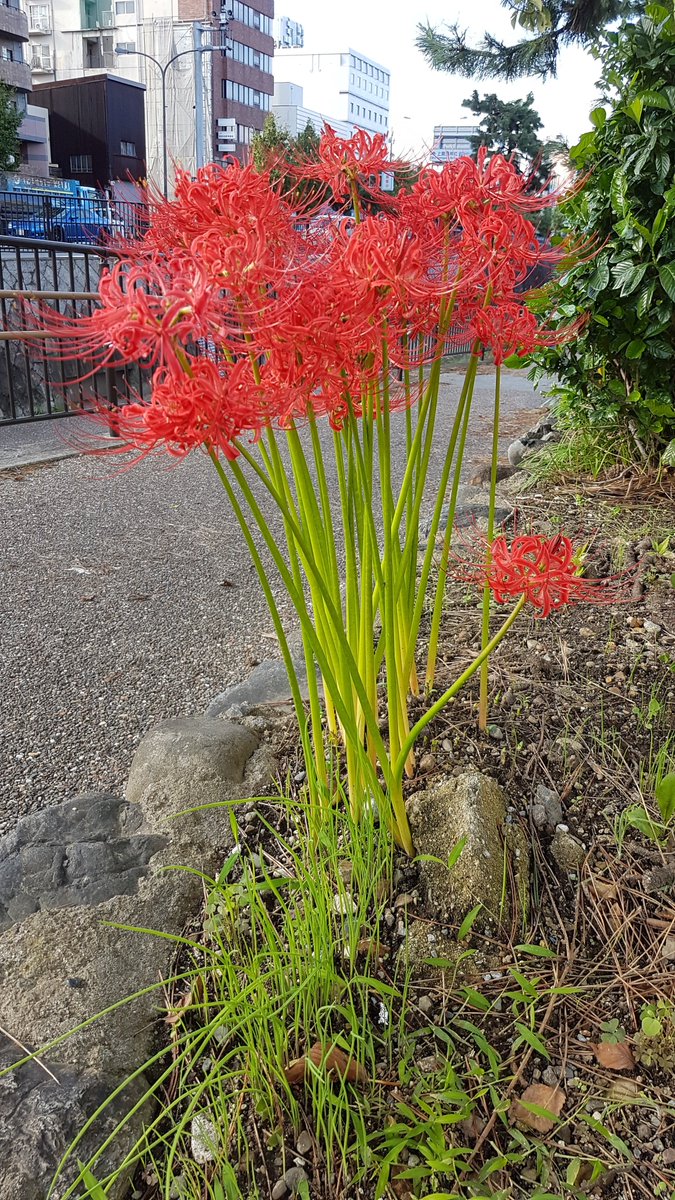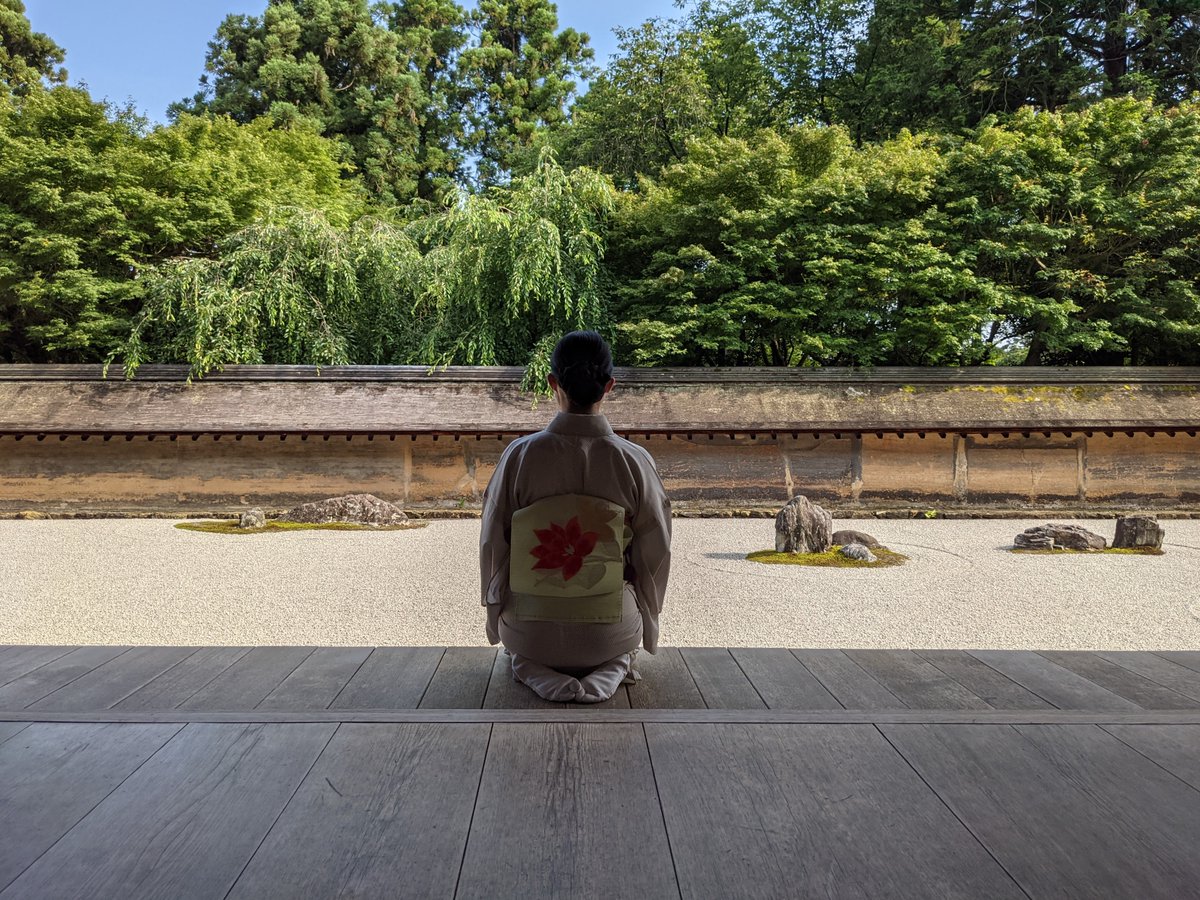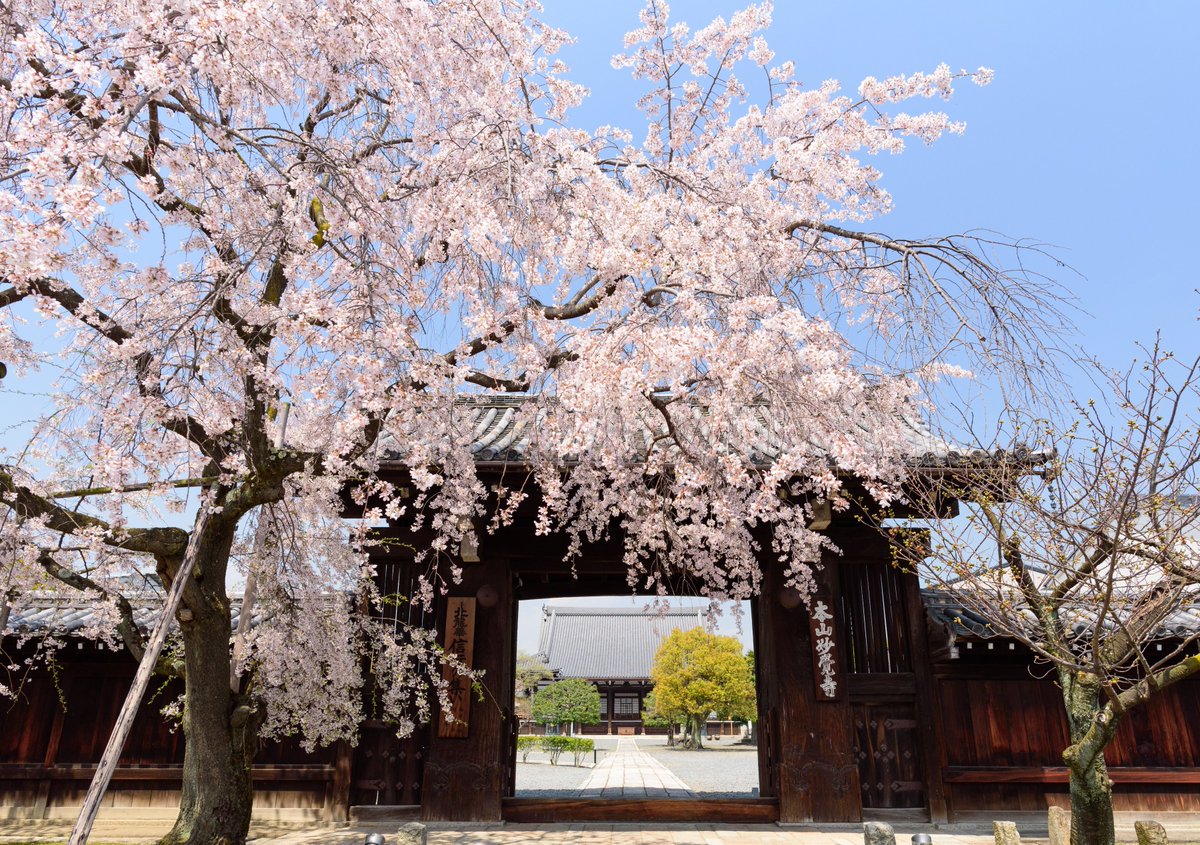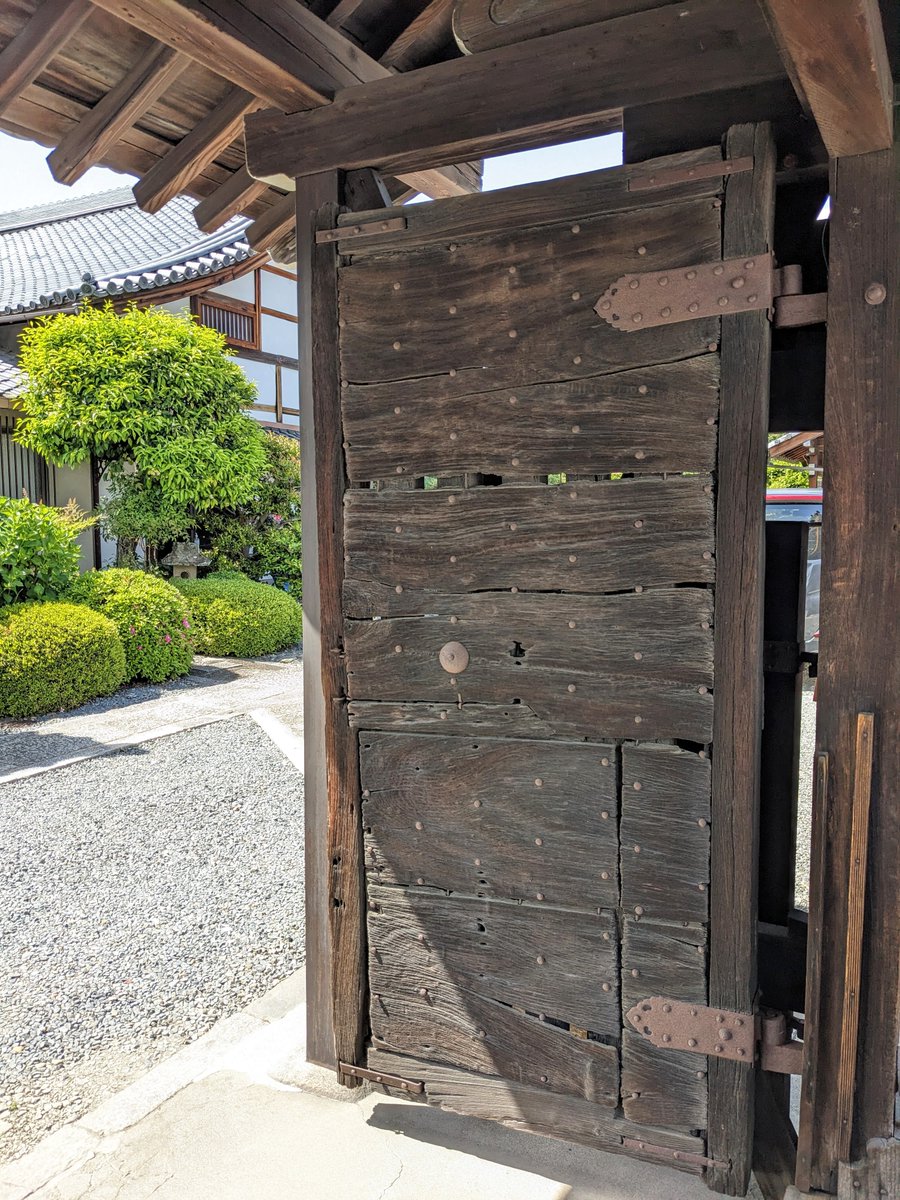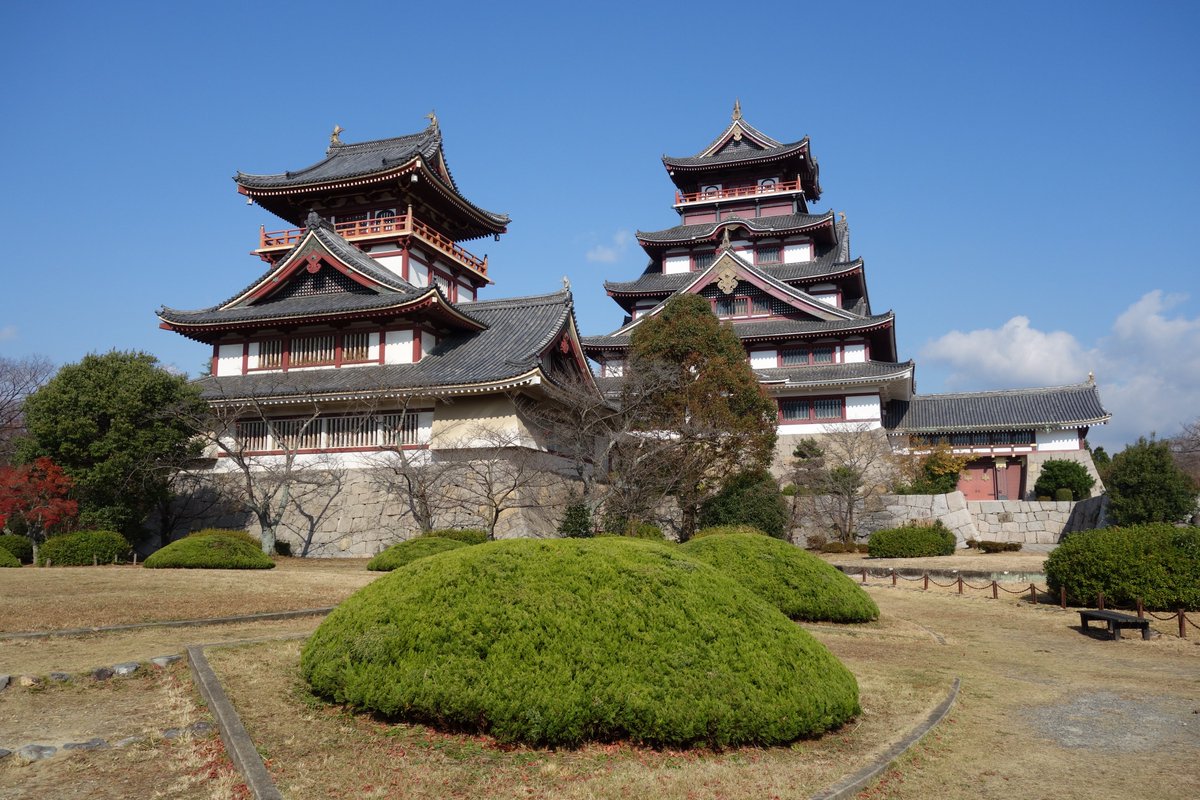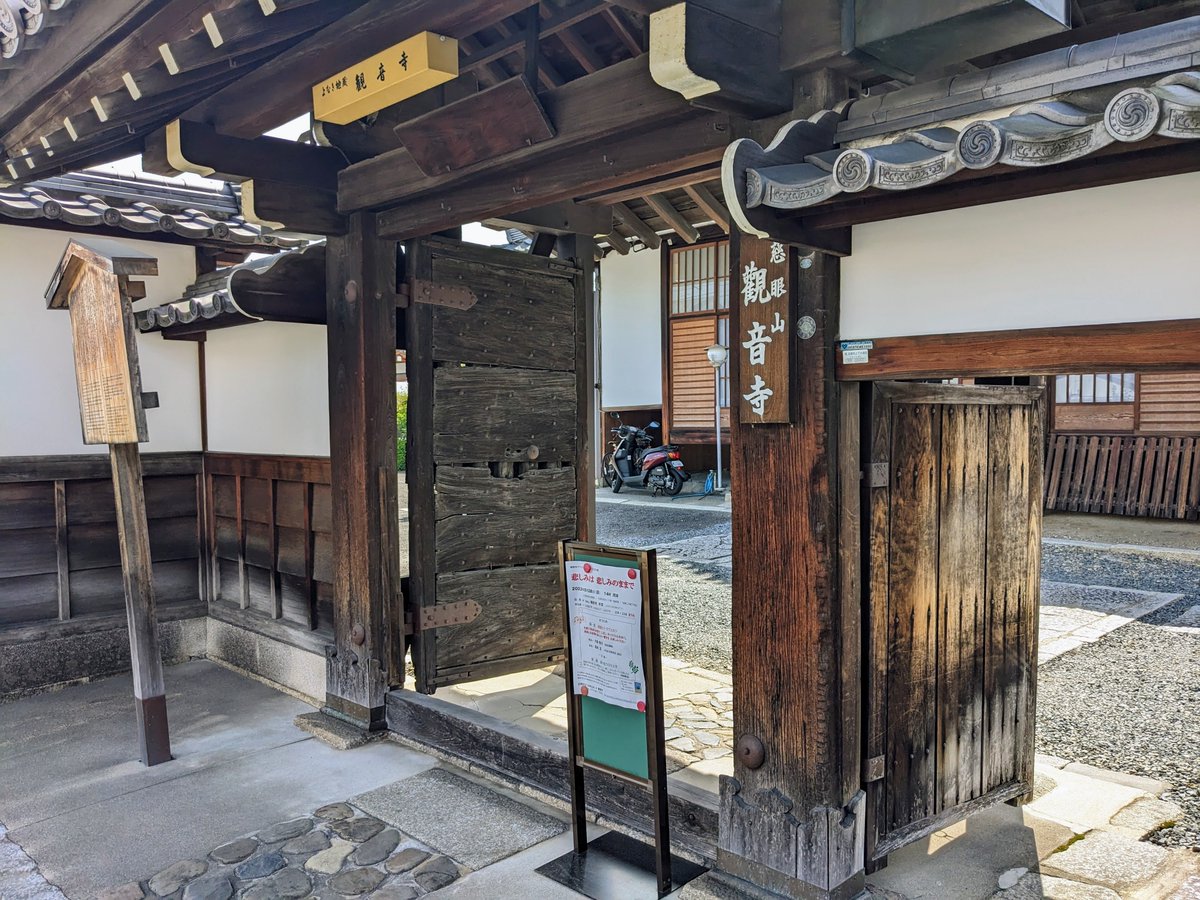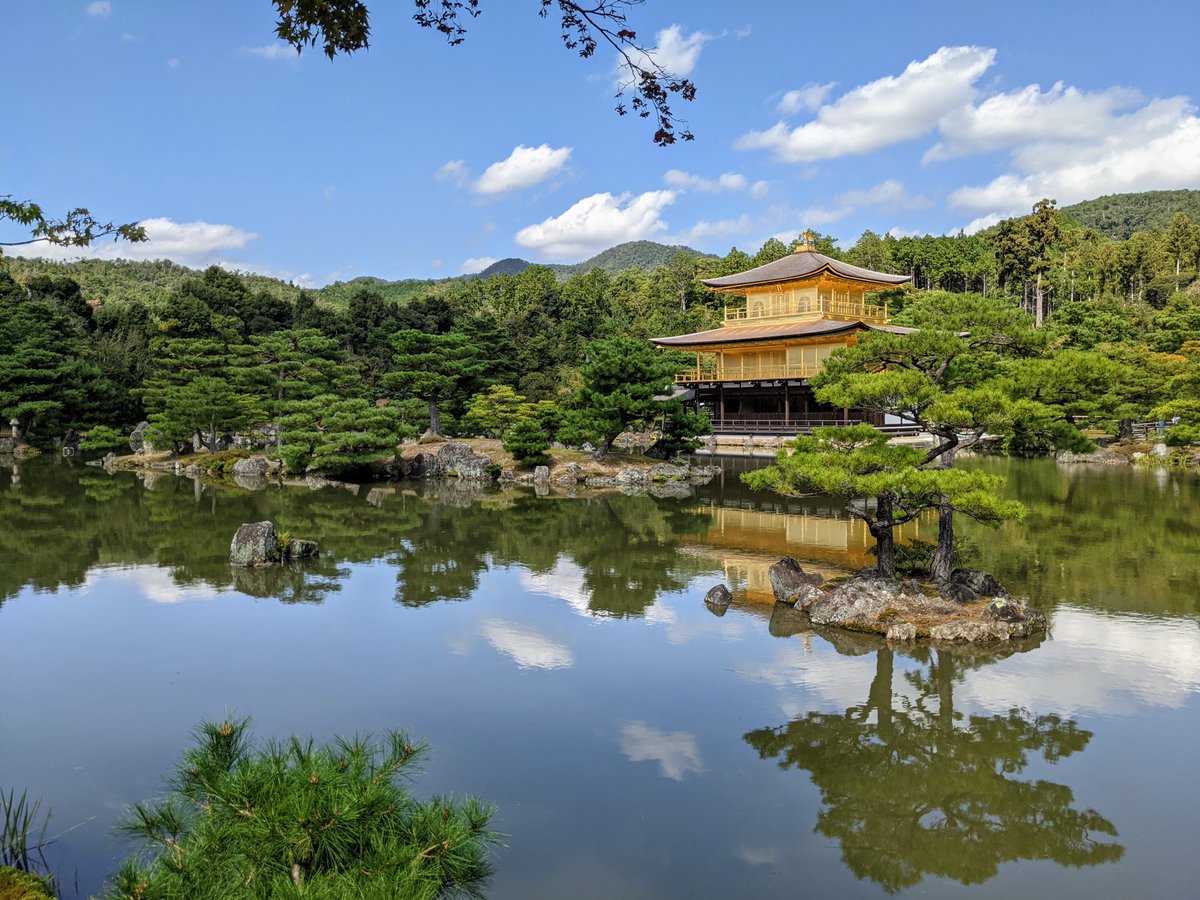🍨ICE CREAM & OTHER DELIGHTS🍦
Happy "Ice Cream Day" (アイスクリームの日)!🥳
The celebration was created by the Tōkyō Ice Cream Association (now Japan Ice Cream Association) in 1964, to remember the day in 1869 that ice cream was first sold in Japan (in Yokohama)🙌
#Japan



Happy "Ice Cream Day" (アイスクリームの日)!🥳
The celebration was created by the Tōkyō Ice Cream Association (now Japan Ice Cream Association) in 1964, to remember the day in 1869 that ice cream was first sold in Japan (in Yokohama)🙌
#Japan
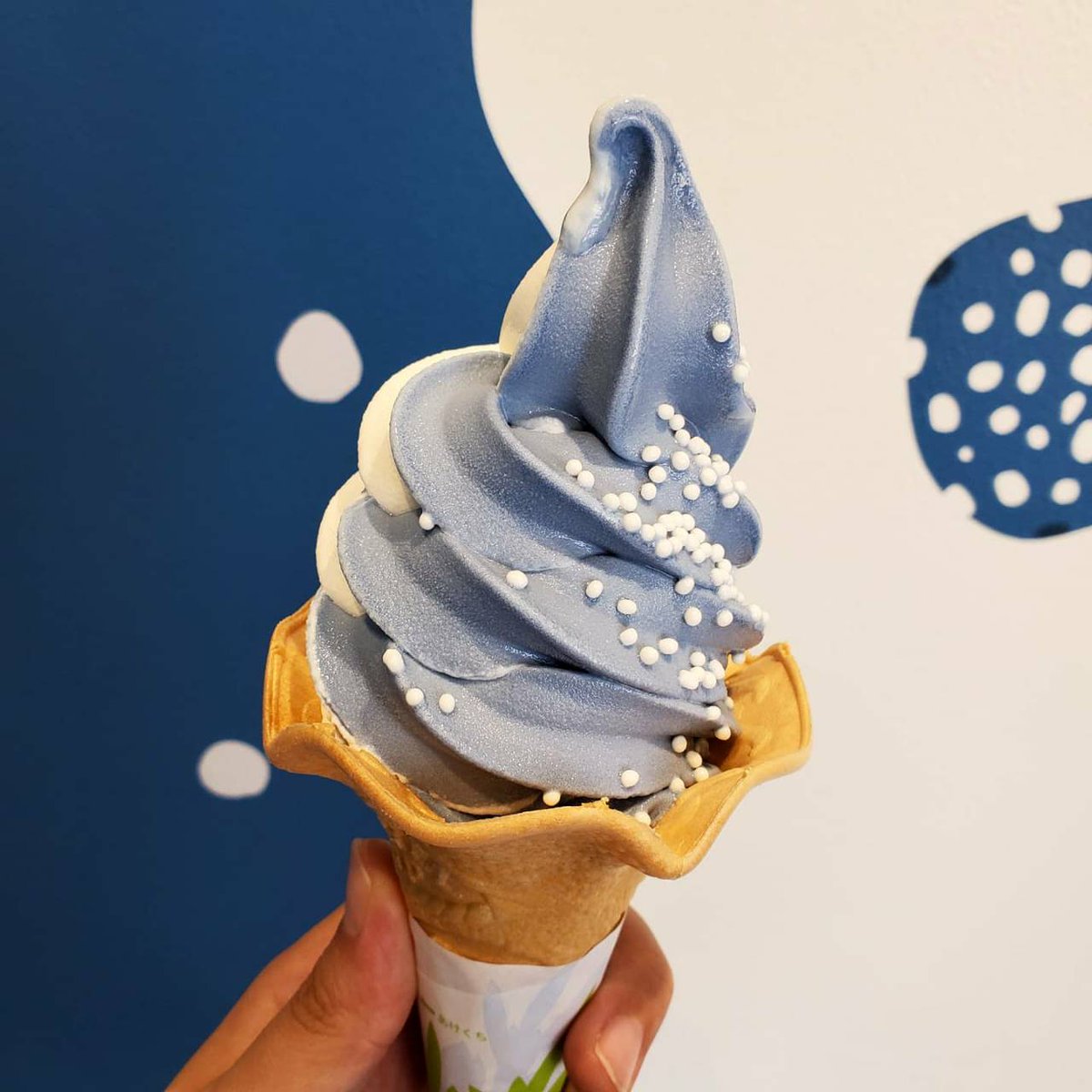



In 1860 Machida Fusazō (町田房造) was part of an official delegation sent to the United States from Japan aboard the Kanrin Maru (咸臨丸).
Whilst in San Francisco the group tasted ice cream for the first time & Fusazō determined to recreate this delicious dessert back home.



Whilst in San Francisco the group tasted ice cream for the first time & Fusazō determined to recreate this delicious dessert back home.


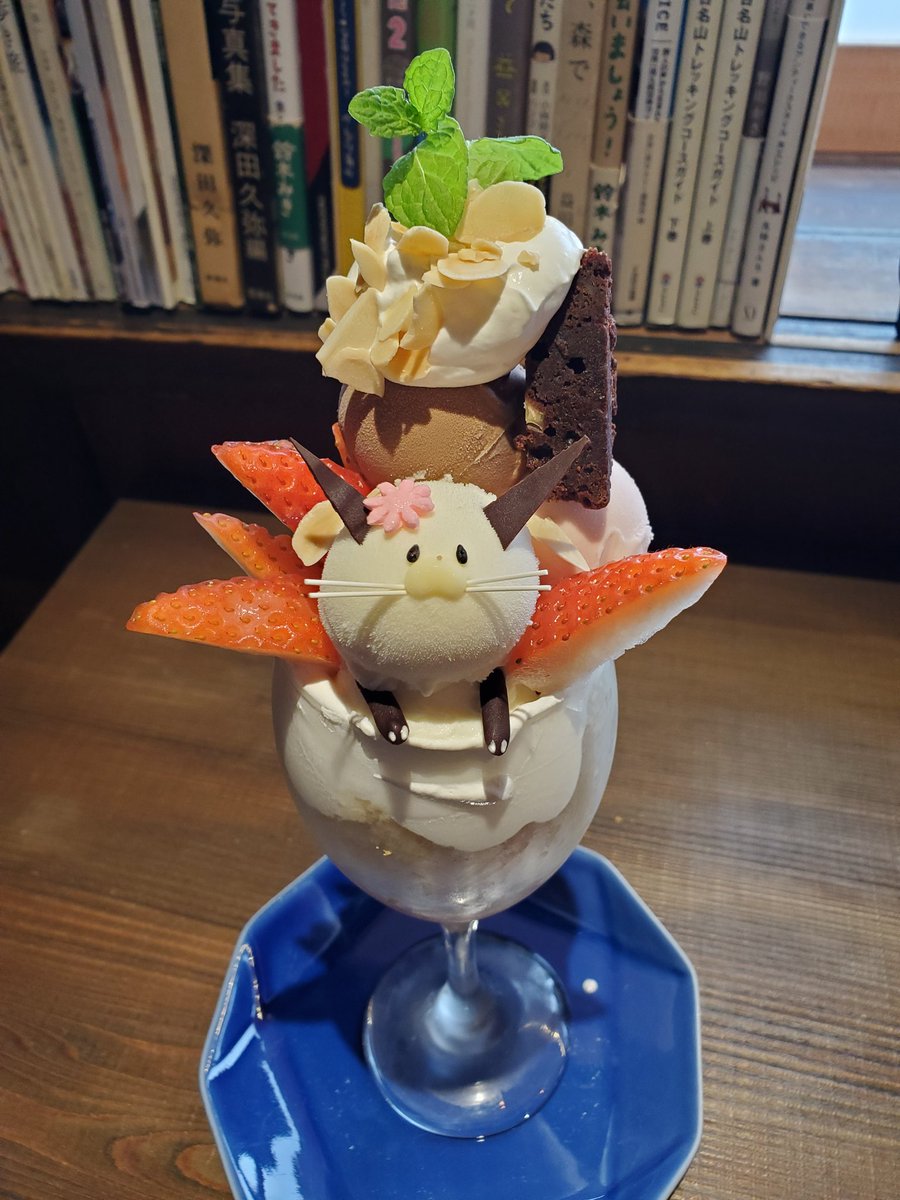

Back in Yokohama, Fusazō marketed his creation as 'aisu kurin' (アイスクリン). Containing milk, eggs and sugar, it was more like frozen custard than the ice cream we’re now familiar with.
On May 9th 1869 he began selling 'aisu kurin' from his store "Hyōsuiten" (氷水店).
#icecream
On May 9th 1869 he began selling 'aisu kurin' from his store "Hyōsuiten" (氷水店).
#icecream

For the store's first 10 years Fusazō had to bring natural ice all the way from Hokkaidō to produce his 'aisu kurin', making it a luxury item that, at 25 yen per serving, was too expensive for most people. But by 1901 the price had tumbled to 1 yen, and its popularity exploded. 







Sadly Fusazō's store in Bashamichi (馬車道) is long gone, but his legacy lives on.
From the moment ice cream arrive in Japan, people began to experiment with new flavours. There's an early record of matcha ice cream (in the shape of Mt Fuji) being served at an imperial banquet.



From the moment ice cream arrive in Japan, people began to experiment with new flavours. There's an early record of matcha ice cream (in the shape of Mt Fuji) being served at an imperial banquet.




Nao-san is our resident parfait (パフェ) expert🍨😋🙌
It's a little chilly in Kyōto for ice cream today, but that gives us plenty of time to plan what stores to visit when it gets warmer👍
#Kyoto #京都 #Japan #IceCreamDay #パフェ #アイスクリーム #アイスクリームの日 #アイスクリン



It's a little chilly in Kyōto for ice cream today, but that gives us plenty of time to plan what stores to visit when it gets warmer👍
#Kyoto #京都 #Japan #IceCreamDay #パフェ #アイスクリーム #アイスクリームの日 #アイスクリン




My good buddy makes an ice cream friend just outside the gate at Ginkaku-ji (銀閣寺).
Wherever you are, enjoy an ice cream today🍦🎉
#Ginkakuji #銀閣寺 #Kyoto #京都 #Japan #IceCreamDay #パフェ #アイスクリーム #アイスクリームの日 #アイスクリン
Wherever you are, enjoy an ice cream today🍦🎉
#Ginkakuji #銀閣寺 #Kyoto #京都 #Japan #IceCreamDay #パフェ #アイスクリーム #アイスクリームの日 #アイスクリン
• • •
Missing some Tweet in this thread? You can try to
force a refresh



